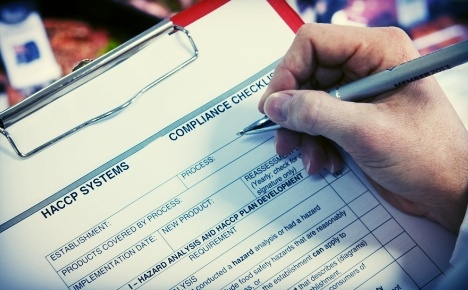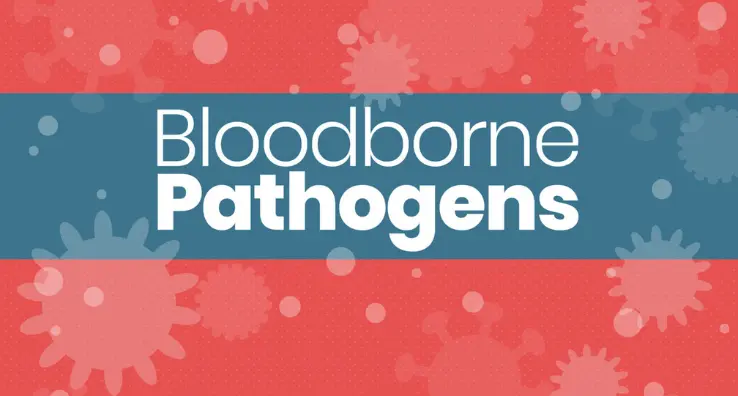6 Steps to a Sustainable GFSI System

A sustainable management system is essential to meeting the requirements of any audit. With so much at stake and so many competing demands from regulators, customers, and consumers, securing a sustainable GFSI system can be a challenge. It’s safe to say that most companies have a goal to remain audit-ready all the time, but in reality many find themselves playing catch-up and conducting ‘fire drills’ just prior to re-certification. So, how do leading food companies stay audit-ready 24/7?
It is imperative to the success of the overall food safety and quality management system to proactively and consistently implement all GFSI requirements throughout the year. This type of approach is necessary to mitigate risks of product recalls and foodborne illness — critical to protecting your company, customers, and your brands.
As an auditor there are a few steps I’d recommend to food companies looking to achieve the gold standard in food safety:
Step 1: Review Past Performance
It’s always important to review prior audit results to determine if corrective actions to previously identified findings have been successfully sustained.
{{cta(‘fb13e38d-7c79-4d57-892e-7562ea19818f’)}}
Step 2: Collect Feedback from Stakeholders
It’s wise to interview managers and employees from each functional area. Solicit their opinions on what is working well and where the problems lie, and be sure customer expectations are addressed.
Step 3: Evaluate Concerns or Issues
Give your team a voice, and let them guide your programs. Start by reviewing:
- Internal audits
- Prerequisite program verification and validation
- Customer complaints
- Non-conforming products
- Regulatory non-compliance
Areas of repetitive non-compliance should have root cause corrective actions performed. Review the results with your stakeholders and then implement your resolutions.
Step 4: Recognize High Risk Incidents and Trends
Trend analyses should be performed monthly. Be sure to review:
- Customer complaints
- Corrective actions
- Audit findings
- Non-conforming programs
Determine what is needed to keep results trending in a positive direction. Major issues such as product recalls, positive pathogen tests, or reports of foodborne illness must be recognized by the entire management team. As a best practice, facilities should perform a regular risk assessment and mitigation project. Challenge your team to proactively evaluate the likelihood of a recall, foodborne illness, or major regulatory non-compliance.
Step 5: Manage Complaints
Complaints often alert companies to the tip of an iceberg from a larger problem. Implement a reporting system that separates food safety, quality, and service complaints, and then document the nature of each complaint. Use a formal complaint investigation process and detailed root cause analysis such as a 5 Why, Fishbone Diagram, or 8D Process to correct any unfavorable trends.
Step 6: Develop a Continuous Improvement Strategy
GFSI standards require companies to demonstrate continuous improvements of their systems. Establish robust food safety and quality system objectives, then measure key components. Based on my team of auditors’ observations, many companies need to do a much better job defining SMART objectives for their food safety and quality systems. Start by reviewing and setting goals for
- GFSI audit results
- Customer complaints
- Internal audit results
- Microbiological results
- Pre-op inspection results
- Non-conforming product
- Regulatory compliance
Final Thoughts:
As you can see, sustaining a GFSI system can be a tall order. Companies must provide their QA departments with the ability to manage the massive amounts of programs and records associated with their food safety and quality assurance systems — preferably electronically. Many times operations already have ERP systems, preventive maintenance systems, and master sanitation schedules. QA departments need similar tools to organize programs, maintain records, ensure food safety, and drive positive audit results. Comprehensive and systematic approaches such as those described above will give your company the best possible chance of sustaining its GFSI certification status over time.





